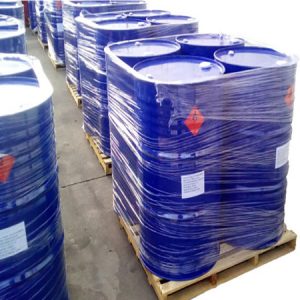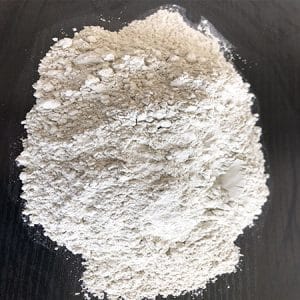Description
Black carbon, a complex mixture of fine particulate matter, holds a prominent place in the intricate tapestry of atmospheric chemistry. As a significant component of air pollution, black carbon plays a dual role as both an environmental pollutant and a climate forcer. This article aims to delve into the chemical intricacies of black carbon, exploring its composition, sources, and the profound impact it has on our environment and climate.
The Chemistry of Black Carbon
Composition: Black carbon primarily comprises carbonaceous particles resulting from incomplete combustion processes. These particles are often coated with various organic and inorganic compounds, contributing to the diverse and dynamic nature of black carbon.
Carbonaceous Core: The core of black carbon is primarily composed of elemental carbon, formed when carbon-containing fuels such as fossil fuels, biomass, or biofuels undergo incomplete combustion. This process results in the production of fine particles with a distinctive black appearance.
Formation and Sources
Incomplete Combustion: Black carbon is generated during incomplete combustion, a common occurrence in various combustion processes such as those in vehicles, industrial facilities, and residential heating systems. The inefficient burning of carbon-containing fuels leads to the formation of black carbon particles.
Vehicular Emissions: Combustion engines, especially those in diesel vehicles, emit substantial amounts of black carbon. The incomplete combustion of diesel fuel results in the release of fine particulate matter that contributes to air pollution and climate change.
Biomass Burning: Agricultural activities, wildfires, and the burning of biomass for heating or cooking are significant sources of black carbon emissions. These activities release particulate matter into the atmosphere, impacting air quality and regional climate.
Atmospheric Fate and Transport
Atmospheric Lifetime: The atmospheric lifetime of black carbon particles varies depending on factors such as particle size and altitude. While larger particles may settle more quickly, smaller particles can remain suspended in the atmosphere for extended periods, contributing to long-range transport.
Global Distribution: Black carbon can be transported over long distances, affecting regions far from its original sources. This global distribution makes it a transboundary air pollutant, with implications for both local and distant ecosystems.
Interaction with Solar Radiation
Radiative Forcing: One of the key roles of black carbon in climate change is its impact on radiative forcing. Black carbon absorbs sunlight, warming the surrounding air and influencing regional and global climate patterns. This warming effect is particularly pronounced when black carbon is deposited on snow and ice surfaces.
Albedo Reduction: When black carbon is deposited on reflective surfaces such as snow and ice, it reduces their albedo—their ability to reflect sunlight. This leads to increased absorption of solar radiation and accelerated melting, contributing to changes in the cryosphere.
Health Impacts
Respiratory Health Concerns: Inhalation of fine particulate matter, including black carbon, poses significant health risks. The small size of these particles allows them to penetrate deep into the respiratory system, leading to respiratory and cardiovascular diseases in exposed populations.
Air Quality Degradation: The presence of black carbon in the atmosphere contributes to reduced air quality, impacting not only human health but also ecosystems and visibility. In urban areas with high levels of traffic and industrial activity, black carbon is a notable contributor to particulate matter pollution.
Mitigation Strategies
Emission Reductions: Mitigating black carbon emissions involves implementing measures to reduce combustion-related sources, adopting cleaner technologies in transportation and industry, and enforcing regulatory frameworks to limit emissions.
Alternative Technologies: Advancements in combustion technologies, such as the use of cleaner-burning stoves and filters for diesel engines, can help minimize black carbon emissions during combustion processes.
Land Management Practices: Improved land management practices and controlled biomass burning techniques can contribute to mitigating the impact of black carbon emissions from wildfires and agricultural activities.
Research and Future Directions
Measurement Techniques: Advanced measurement techniques, including remote sensing technologies and ground-based monitoring stations, play a crucial role in quantifying black carbon concentrations in the atmosphere. This data is essential for understanding its distribution, sources, and impact on climate and air quality.
Climate Modeling: Incorporating black carbon into climate models helps scientists assess its role in radiative forcing and climate change. Ongoing research aids in predicting future trends and understanding the complex interactions between black carbon and other atmospheric components.
Conclusion
Black carbon, with its intricate chemistry and far-reaching impacts, remains a multifaceted player in the realm of atmospheric science. As we strive to address the challenges posed by air pollution, climate change, and their associated health effects, a comprehensive understanding of the chemical dynamics of black carbon is essential. Through continued research, technological innovations, and global collaboration, we can develop effective strategies to mitigate the environmental and societal consequences associated with black carbon emissions.






Reviews
There are no reviews yet.